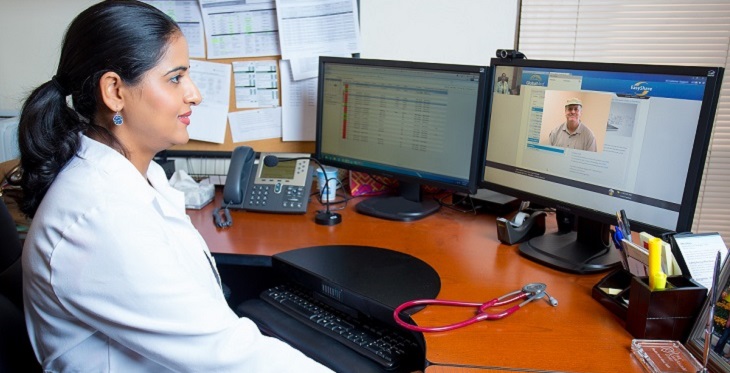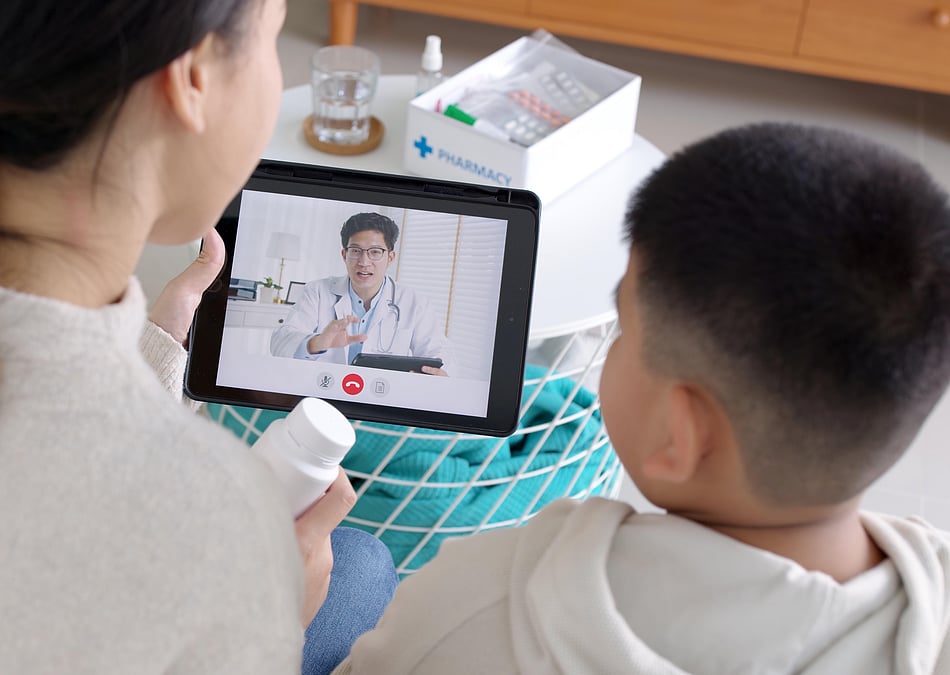Dependable Telemedicine Reviews: A Guide to Top Virtual Health Services
Welcoming Telemedicine: Changing Healthcare Distribution for a Modern Globe
As we navigate a period identified by quick digitalization and progressing patient requirements, the assimilation of telemedicine into standard healthcare techniques presents a compelling recommendation. In discovering the implications and intricacies of accepting telemedicine, a nuanced understanding of its multifaceted impact on health care delivery in the contemporary globe comes to be vital.
The Evolution of Telemedicine
Telemedicine has gone through substantial advancement over the past couple of years, changing the landscape of health care delivery. Initially developed to bridge the space between health care carriers and people in remote locations, telemedicine has currently expanded its reach to provide a vast array of medical services via technical advancements.
In the beginning, telemedicine mostly involved consultations via telephone or video clip conferencing. Nonetheless, with the proliferation of electronic tools and platforms, medical care specialists can now from another location keep an eye on crucial signs, conduct virtual exams, and also do specific clinical procedures. This shift in the direction of more comprehensive online care has actually revolutionized the way medical care is supplied, making it more convenient and easily accessible for patients.
Furthermore, the assimilation of electronic wellness records (EHRs) and telemedicine has actually boosted sychronisation among healthcare teams, bring about much more collective and efficient patient care. Telemedicine reviews. With the recurring improvements in fabricated knowledge and remote tracking tools, telemedicine is poised to continue advancing, offering innovative services to enhance healthcare results around the world

Advantages of Telemedicine Adoption
As the usage of telemedicine has actually expanded to incorporate a wider range of technological capacities and clinical solutions, the advantages of its fostering in modern-day healthcare distribution have actually become increasingly noticeable. One of the main advantages of telemedicine is enhanced access to health care services, especially for individuals in underserved or remote locations.
Moreover, telemedicine can lead to improved health outcomes via improved treatment sychronisation. With the capability to quickly share medical records and collaborate with specialists, doctor can provide more extensive and timely therapy. This structured method can result in faster diagnoses, reduced hospital admissions, and far better monitoring of chronic conditions. Telemedicine can aid ease strain on standard health care systems by reducing overcrowding in centers and hospitals, inevitably improving general efficiency and person satisfaction.
Overcoming Telemedicine Challenges
Addressing the barriers inherent in incorporating telemedicine right into existing health care systems offers an important yet surmountable challenge for medical care suppliers worldwide. Convincing typical healthcare companies to embrace telemedicine calls for comprehensive training programs and continual assistance to make certain smooth combination.
In addition, governing obstacles and compensation constraints pose substantial challenges to the extensive execution of telemedicine. Numerous state and nation guidelines concerning telemedicine techniques develop a complex environment for carriers to navigate. Reimbursement plans that do not effectively make up for telemedicine services can hinder healthcare organizations from buying this cutting-edge strategy to care delivery.

Enhancing Patient-Provider Communication
Navigating the landscape of telemedicine obstacles brightens the critical need for boosting patient-provider communication in modern-day medical care shipment systems - Telemedicine reviews. Efficient interaction lies at the heart of top quality health care provision, and in the world of telemedicine, where physical cues may be restricted, understanding and clear interaction ends up being even more vital
Enhancing patient-provider interaction in telemedicine entails various methods. Supplying clear instructions, establishing reasonable expectations, and guaranteeing open lines of communication for follow-up questions can boost the general patient experience in telemedicine.
Future Trends in Telemedicine
Anticipating the evolution of telemedicine, innovations in innovation and medical care delivery systems are leading the means for innovative strategies to patient treatment. One of the future fads in telemedicine is the integration of man-made intelligence (AI) and machine learning formulas to enhance diagnostic capabilities. AI can evaluate vast quantities of client information swiftly, assisting medical care carriers in making a lot more accurate diagnoses and treatment decisions. Additionally, using virtual fact (VR) and boosted truth (AR) in telemedicine is acquiring energy. These innovations can develop immersive experiences for both carriers and clients, assisting in virtual appointments and medical training simulations.
In addition, the expansion of telemedicine services to underserved rural and remote locations is a crucial pattern. By leveraging telemedicine, healthcare providers can reach clients in remote places, boosting accessibility to top quality care. An additional trend is the continued development of remote tracking gadgets and wearable innovation, enabling real-time monitoring of person health news metrics from a distance. These improvements in telemedicine hold wonderful promise for transforming healthcare shipment and boosting client outcomes in the future.
Conclusion
Finally, telemedicine has actually changed medical care shipment by improving access to care, raising performance, and boosting person end results. In spite of challenges, the advantages of telemedicine fostering are clear, leading the way for better patient-provider communication and future advancements in medical care. As innovation remains to advance, telemedicine will certainly play an important duty in changing healthcare distribution for a contemporary world.

Expecting the evolution of telemedicine, advancements in modern technology and healthcare shipment systems are paving the way for cutting-edge click over here now techniques to person treatment. These improvements in telemedicine hold terrific promise for changing medical care shipment and improving individual results in the future.
In verdict, telemedicine has revolutionized medical care delivery by boosting access to care, raising effectiveness, and boosting client outcomes.